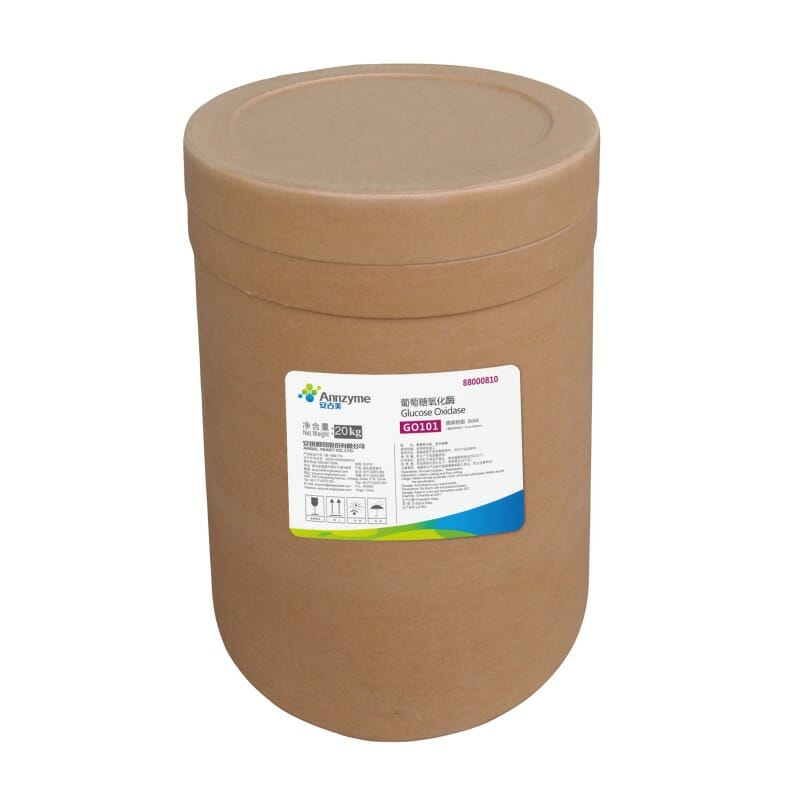SPOILER ALERT!
Enzyme Inhibitors
https://enzymes.bio/ determined that when the inhibitor is bound, the enzyme would turn into inactivated. The easy clarification is that response with the inhibitor causes the form of the active web site to alter.
Furthermore, in reversible inhibition, the response can be reversed, and the enzyme may be reactivated once more. But in irreversible inhibition, the reaction can't be reversed, and the enzyme cannot be activated once more. Competitive inhibitors are inhibitors that compete with substrates for the energetic web site.
They resemble the substrate in that they'll match into the active website,fooling the enzyme into considering that they are substrates. They subsequently scale back the variety of enzymes out there to catalyse a response. If there's enough substrate obtainable though, the chances of an enzyme attracting an inhibitor is smaller - most enzymes will still entice the right substrates and a response can still occur. To assist overcome the effect of a competitive inhibitor, the substrate focus must be elevated.
As the concentration of isoleucine will increase, some of it binds as a noncompetitive inhibitor to the first enzyme of the collection , thus bringing a couple of decrease within the amount of isoleucine being fashioned. In summarizing the difference between reversible and irreversible inhibition; in reversible inhibition, the inhibitor binds with the enzyme non-covalently. Hence, the unbinding of the inhibitor from the enzyme is simple and speedy. On the opposite hand, in irreversible inhibition, the inhibitor binds with the enzyme covalently.

Therefore, the inhibitor strongly binds with the enzyme and the dissociation of the enzyme-inhibitor complicated is gradual and onerous. Therefore, that is the key distinction between reversible and irreversible inhibition.
The inhibitors usually go away the lively web site when the substrate focus is excessive sufficient. Competitive inhibition is a type of enzyme inhibition by which an inhibitor binds to the active sites of an enzyme, stopping the substrate from binding to the enzyme. The energetic site is blocked by the inhibitor, so there is no area for the substrate to bind to the enzyme. During his years working as a doctor Michaelis and a good friend constructed a compact lab, in the hospital, and over the course of 5 years – Michaelis successfully became published over 100 instances. During his research within the hospital, he was the primary to view the several types of inhibition; particularly utilizing fructose and glucose as inhibitors of maltase exercise.
Maltase breaks maltose into two units of both glucose or fructose. Findings from that experiment allowed for the divergence of non-aggressive and competitive inhibition. Non-competitive inhibition results the kcat value on any given graph; this inhibitor binds to a site that has specificity for the certain molecule.
Furthermore, in reversible inhibition, the response can be reversed, and the enzyme may be reactivated once more. But in irreversible inhibition, the reaction can't be reversed, and the enzyme cannot be activated once more. Competitive inhibitors are inhibitors that compete with substrates for the energetic web site.
They resemble the substrate in that they'll match into the active website,fooling the enzyme into considering that they are substrates. They subsequently scale back the variety of enzymes out there to catalyse a response. If there's enough substrate obtainable though, the chances of an enzyme attracting an inhibitor is smaller - most enzymes will still entice the right substrates and a response can still occur. To assist overcome the effect of a competitive inhibitor, the substrate focus must be elevated.
As the concentration of isoleucine will increase, some of it binds as a noncompetitive inhibitor to the first enzyme of the collection , thus bringing a couple of decrease within the amount of isoleucine being fashioned. In summarizing the difference between reversible and irreversible inhibition; in reversible inhibition, the inhibitor binds with the enzyme non-covalently. Hence, the unbinding of the inhibitor from the enzyme is simple and speedy. On the opposite hand, in irreversible inhibition, the inhibitor binds with the enzyme covalently.

Therefore, the inhibitor strongly binds with the enzyme and the dissociation of the enzyme-inhibitor complicated is gradual and onerous. Therefore, that is the key distinction between reversible and irreversible inhibition.
The inhibitors usually go away the lively web site when the substrate focus is excessive sufficient. Competitive inhibition is a type of enzyme inhibition by which an inhibitor binds to the active sites of an enzyme, stopping the substrate from binding to the enzyme. The energetic site is blocked by the inhibitor, so there is no area for the substrate to bind to the enzyme. During his years working as a doctor Michaelis and a good friend constructed a compact lab, in the hospital, and over the course of 5 years – Michaelis successfully became published over 100 instances. During his research within the hospital, he was the primary to view the several types of inhibition; particularly utilizing fructose and glucose as inhibitors of maltase exercise.
Maltase breaks maltose into two units of both glucose or fructose. Findings from that experiment allowed for the divergence of non-aggressive and competitive inhibition. Non-competitive inhibition results the kcat value on any given graph; this inhibitor binds to a site that has specificity for the certain molecule.
